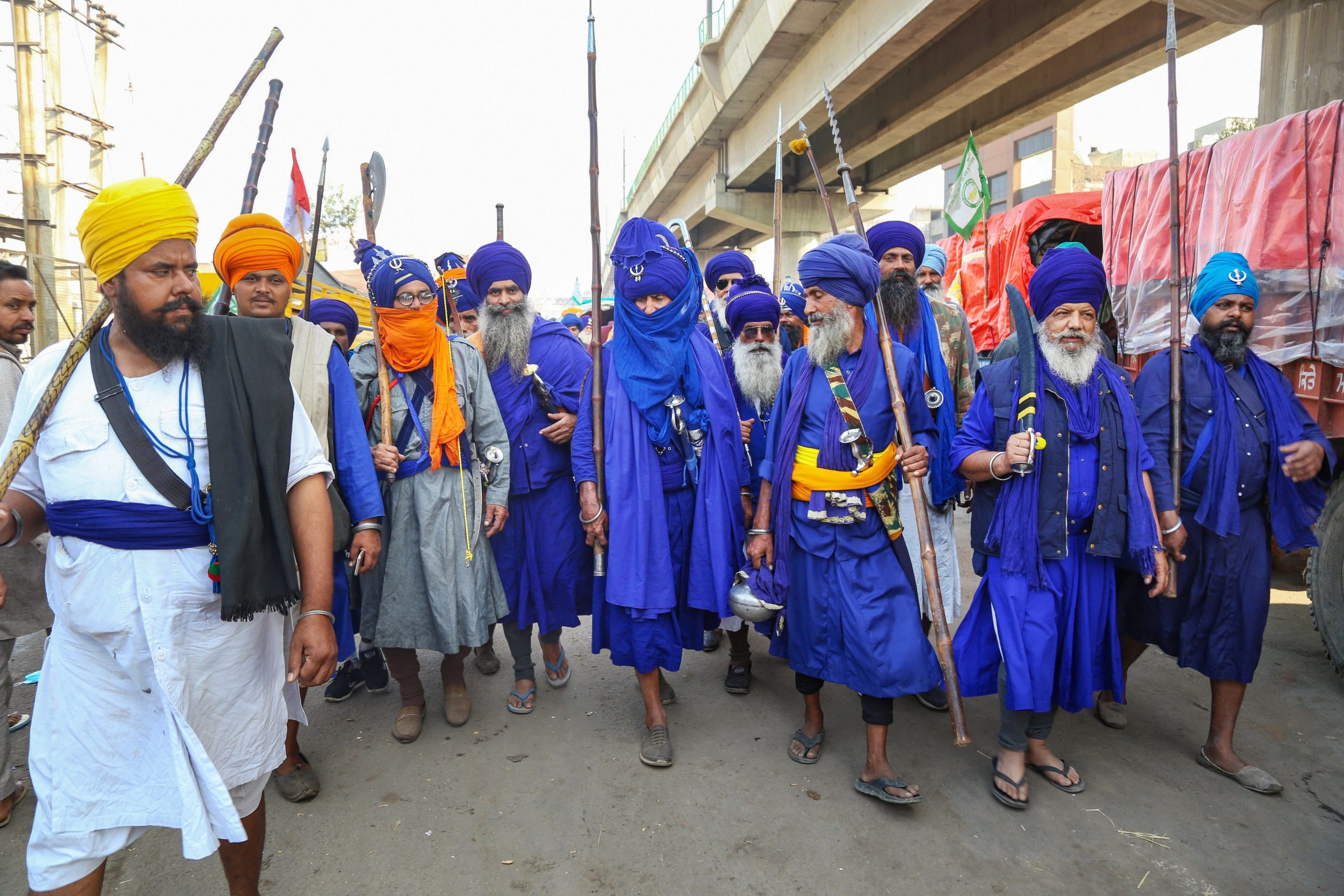Nihang, the word, is
said to stem from the Sanskrit word “nihshank” which means fearless,
unblemished and pure. A sect within Sikhism, the Nihangs are a “warrior group”
characterised by blue robes, swords and spears and decorated turbans. According
to historians, the Nihangs are said to be “unaffected by pain or comfort” and devoted
to penance, meditation and charity and are primarily a warrior group.
Also Read | Murder at Singhu border: SKM condemns killing, cops say arrest soon
Why are
Nihangs in spotlight?
Early morning
Friday, police found the body of a person with one arm and one leg cut off and
left hanging near the Singhu border, the site of the farmers’ protest against
the agriculture laws. The Nihangs are in spotlight because leaders of the Samyukt
Kisan Morcha told the media that a group of Nihangs had taken responsibility
for the killing and the incident had nothing to do with the farmers’ protests.
Also Read | Man lynched, arms chopped off at Singhu border protest site
Nihangs: The origin
story
The Nihang order
can be traced to the creation of the Khalsa by Guru Gobind Singh in 1699,
according to a section of historians. Others trace the sect’s origin to Guru
Gobind Singh’s younger son Fateh Singh, who is said to have once appeared in the
Guru’s presence dressed in a blue chola.
Also Read | Union Minister Ajay Mishra’s son Ashish arrested in Lakhimpur Kheri violence case
How are
Nihangs different from other Sikhs?
The Nihangs are
only one of the sects within Sikhism. Nihangs are said to observe the Khalsa
code of conduct in the strictest sense and “do not profess allegiance to an
earthly master” as per an account by the East India Company’s Colonel James
Skinner accessed by The Indian Express.
Role of
Nihangs in Sikh history
Nihangs are said
to have played a major role in defending the Sikh “panth” or way against
Mughals and Afghans. They were an immensely powerful group in control of the
religious affairs of Sikhs at one point in time. However, their clout came to
an end after the fall of the Sikh empire in 1849 after which the British
appointed a manager for the administration of the Golden Temple in 1859.







